Have you ever wondered why Sarajevo is called European Jerusalem? In this text, you will find out the reasons, as well as a brief history of sacred objects of different religions that are located next to each other in the very heart of the city.
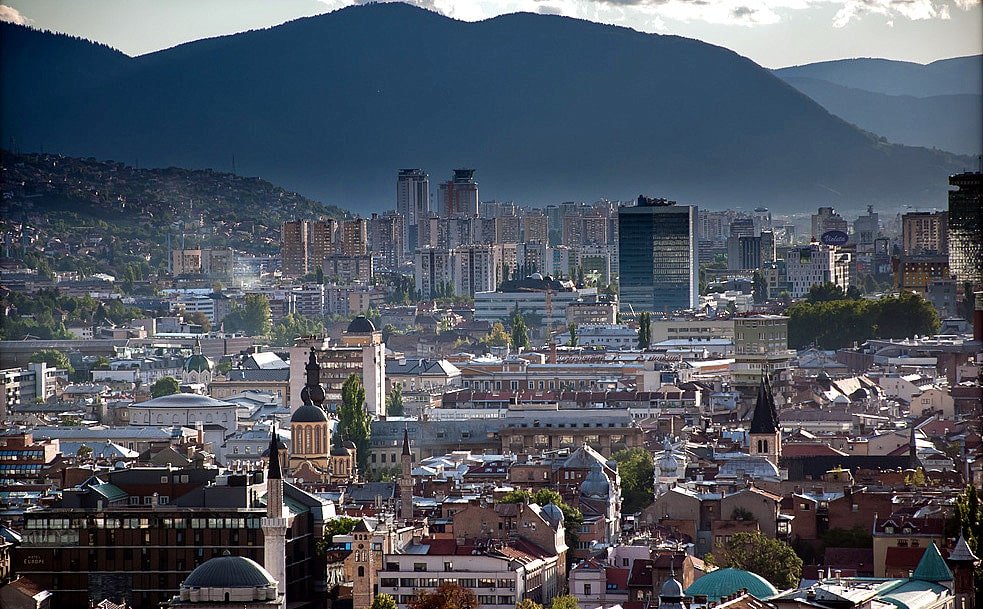
Sarajevo is a city with a lot of history. It is the capital of Bosnia and Herzegovina and it is a multicultural city where Muslims, Christians – Orthodox and Catholics -, Jews, and others live. Calls to prayer can be heard from all buildings and this is one of the specificities of Sarajevo.
Since the 15th century, when Sarajevo was founded, monotheistic religions have lived side by side. Sarajevo was founded after the Ottoman Empire conquered this region, with 1461 typically used as the city’s founding date. When Isa-Beg Ishaković, the first known Ottoman governor of Bosnia, chose a local village as a place for a new city, the Ottomans called it Saray ovasi – Castle in the field.
As the Ottoman empire was a Muslim empire many mosques were built during this period. Still, the Ottoman government allowed the practice of other monotheistic religions and did not demolish churches, except for special reasons. In fact, at that time, Sephardic Jews who were exiled from Spain immigrated to the Ottoman Empire. Some of them also came to Sarajevo. Ashkenazi Jews came later.
Near each other in the center of Sarajevo are The Cathedral Church of the Nativity of the Theotokos, the Old Cathedral Church, the Ashkenazi Synagogue, and the Sephardic Synagogue, many mosques as the Baščaršija Mosque and the Gazi Husrev Bey Mosque and the Sacred Heart Catedral. Let’s talk about them.
Orthodox churches
The Cathedral Church of the Nativity of the Theotokos is the largest Orthodox church in Sarajevo and one of the largest in the Balkans. The construction of the church commenced in 1863 when Sarajevo was part of the Bosnia Vilayet. Construction lasted 11 years, until 1874. The church is located in the very center of the city, next to the Faculty of Economics, on the right side of the river Miljacka. The Cathedral Church in Sarajevo is dedicated to the birth of the Blessed Virgin Mary.
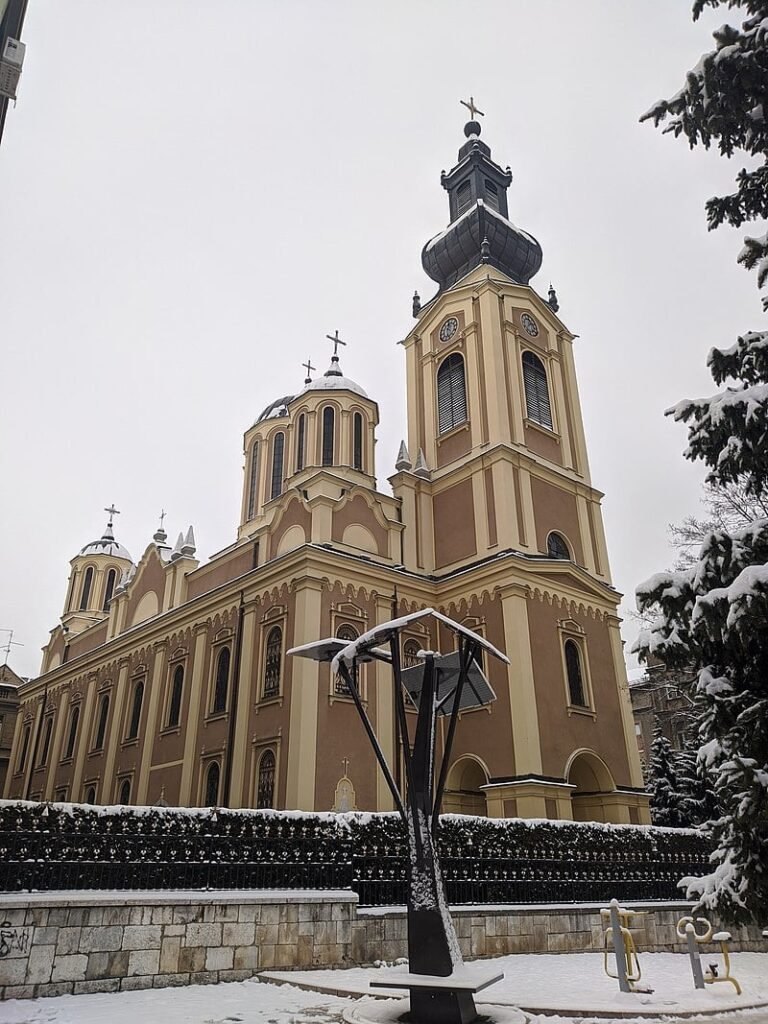
The Church of the Holy Archangels Michael and Gabriel also known as the Old Orthodox Church was first mentioned in Ottoman sources dating to 1539. However, the Church was built on older foundations. The old Orthodox church is one of the oldest and most valuable cultural and historical monuments of Sarajevo. It is counted among the oldest religious buildings in this area. The church is located not far from Baščaršija, at the beginning of Titova Street.
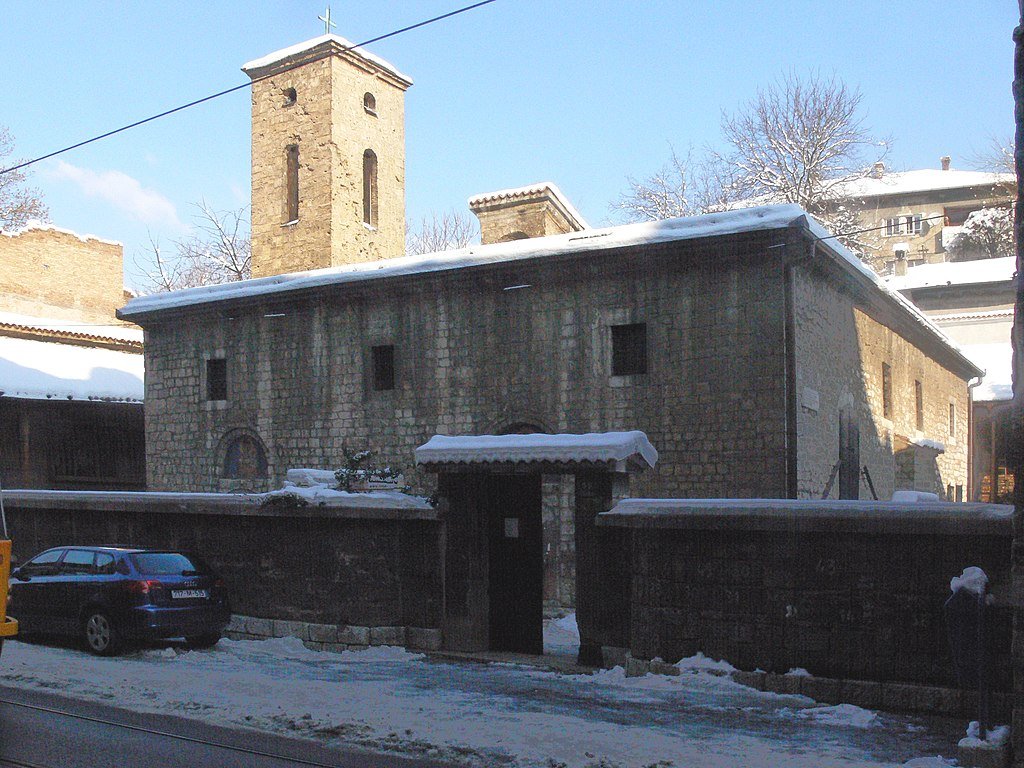
Synagogues
The Ashkenazi synagogue known as Sarajevo synagogue is the third largest synagogue in Europe. It was built in 1902. It is located not far from Latin bridge and Drvenija, on the left bank of the Miljacka. The synagogue was built according to the project of Karl Paržik, the author of many buildings in Sarajevo. It was declared a national monument of Bosnia and Herzegovina.
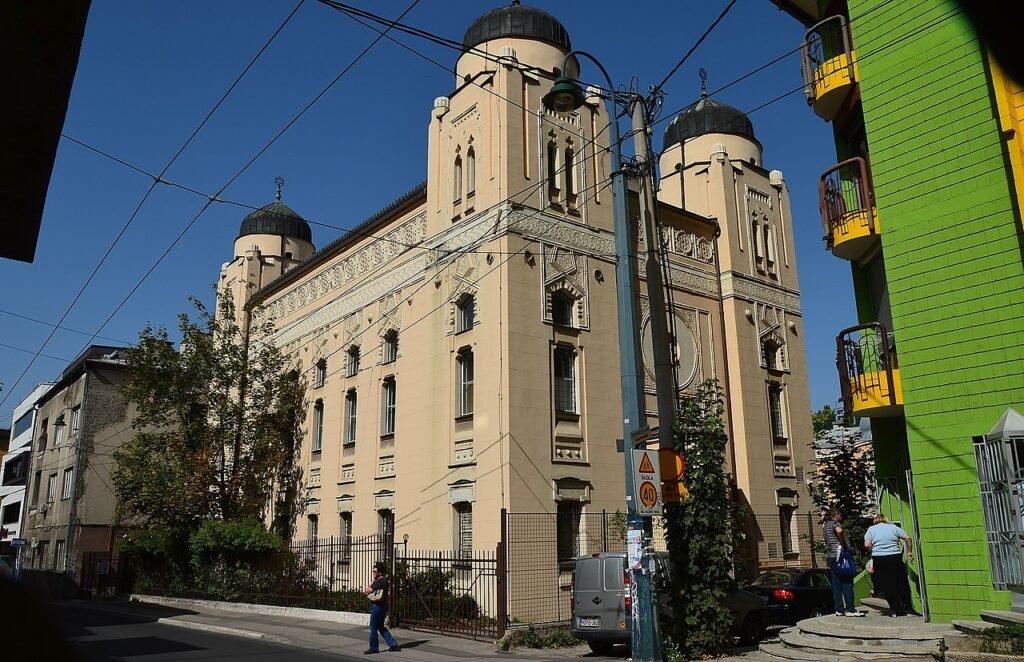
In Sephardic synagogue today is located Museum of Jews. This was the oldest synagogue in Bosnia and Herzegovina. It was built in 1580 when the Beglerbeg Sijavuš Pasha from Rumelia gave money to build a large residential building for Sephardic Jews. Sephardic Jews were expelled from Spain in 1566 so they came to Sarajevo and brought their customs and one of the most significant manuscripts from the 15th century – Sarajevo Haggadah. The museum is located on the Baščaršija.
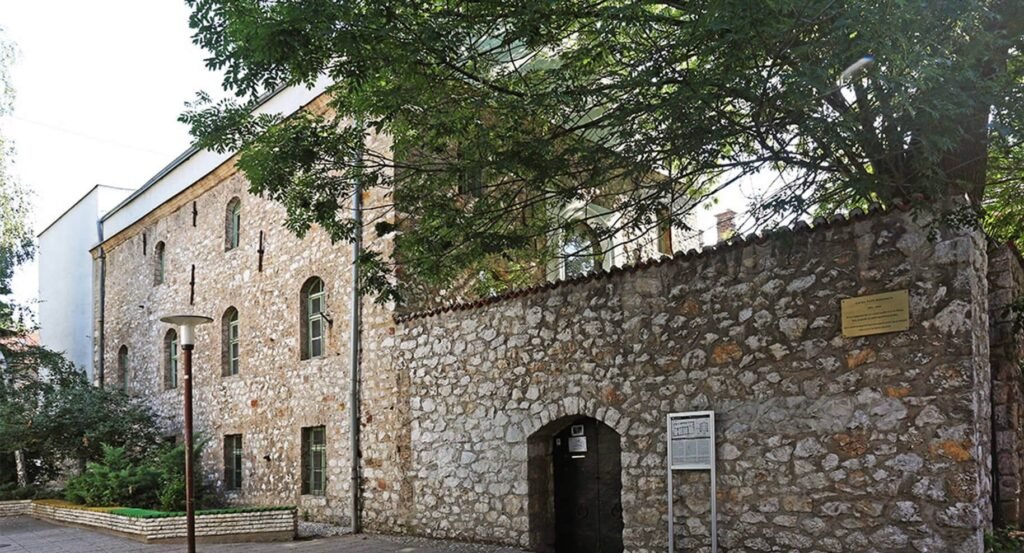
Mosques
The Baščaršija mosque, that is, the Havadža Durak mosque, is located, as its name suggests, in Baščaršija. It was built around 1528. The mosque is the endowment of Hodja Durak, after whom it was named. Built in the center of what was then the economic center of the Sarajevo bazaar, it had great significance for its economic development. The mosque was declared a national monument of Bosnia and Herzegovina.
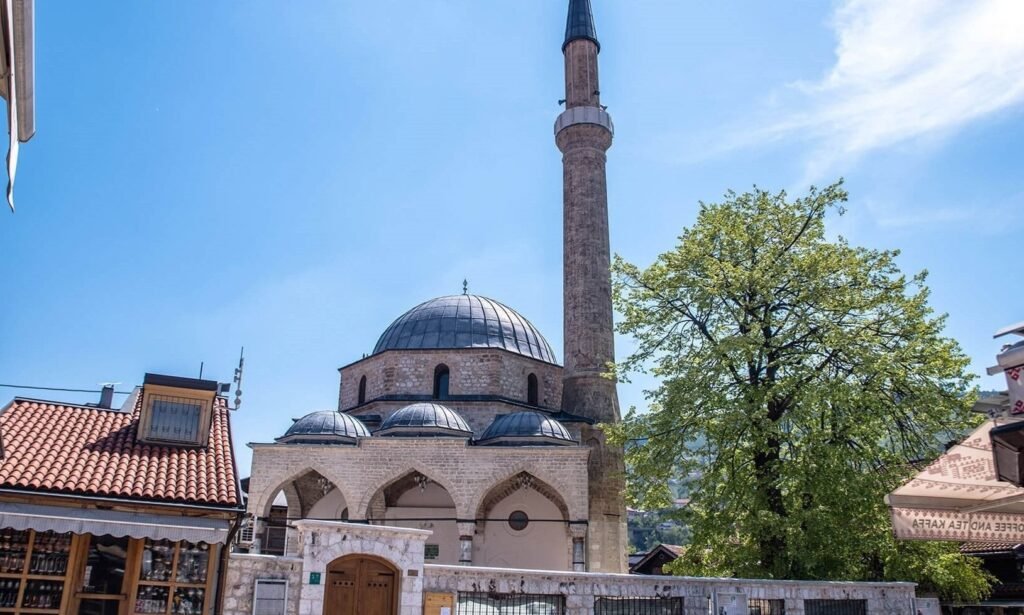
The Gazi Husrev-beg Mosque was built in 1530 as the central object of the Beg’s endowment. It is located in the Baščaršija neighborhood, the most significant historical mosque in Bosnia and Herzegovina, and one of the most representative Ottoman structures in the Balkans. It has been the central Sarajevo mosque since the days of its construction. Today it serves as the main congregational mosque of the Muslims in Bosnia and Herzegovina.
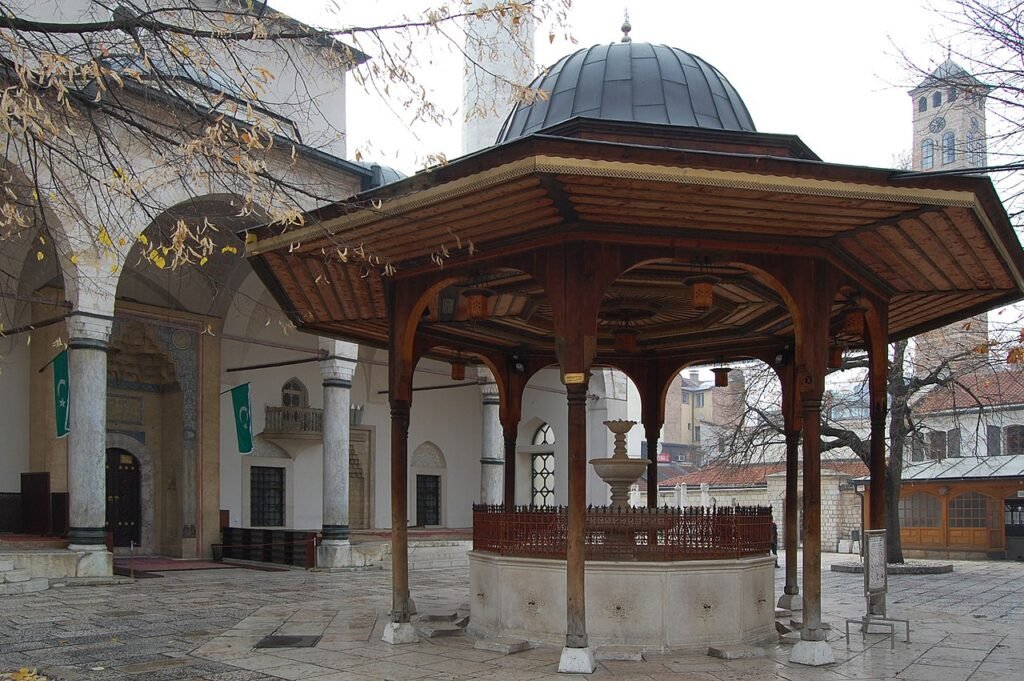
Catholic cathedral
The Sacred Heart Cathedral commonly referred to as the Sarajevo Cathedral is the largest in Bosnia and Herzegovina and it is the seat of the Archbishop of Vrhbosna. Work began on 25 August 1884, and was completed on 9 November 1887. Sacred Heart Cathedral was built in honor of the Sacred Heart of Jesus. Two people, Archbishop Josip Stadler and architect Josip Vancaš, are responsible for building the cathedral in Sarajevo. It is one of the most beautiful architectural buildings in Sarajevo.
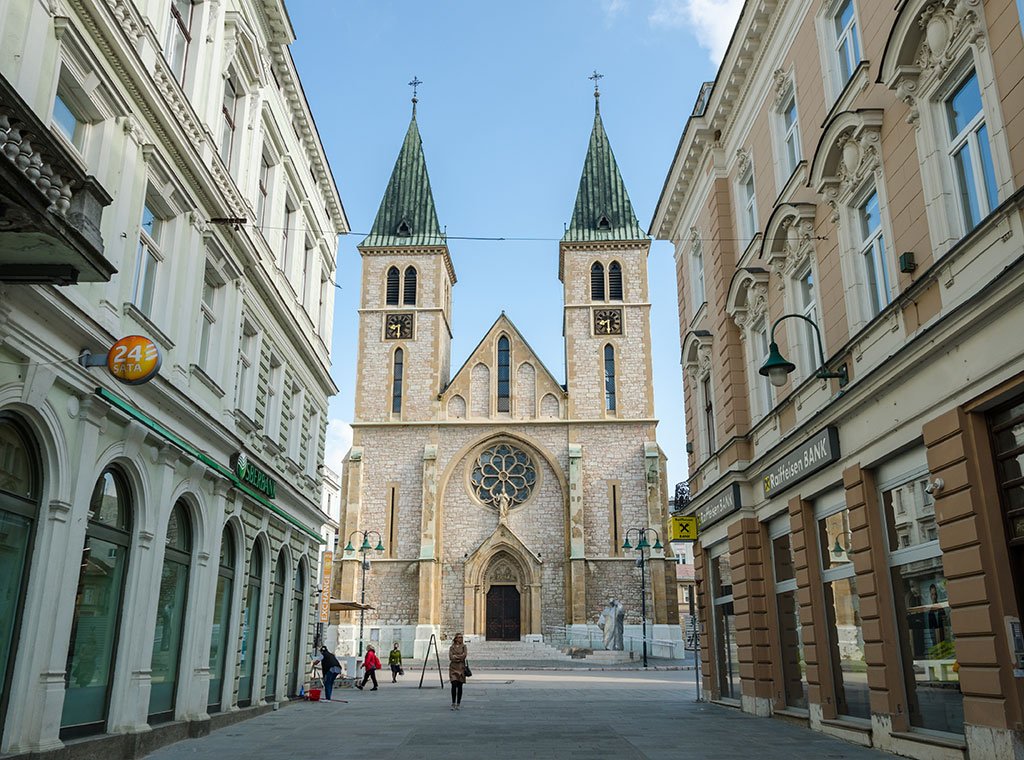
Sarajevo – a city that embraces everyone
Many of these buildings were damaged during the 1992-1995 war. Some of them have suffered other damages throughout history. After the war, all the buildings we talked about were renovated. Today, in addition to being religious buildings, they are also tourist attractions.
Sarajevo is certainly one of the rare cities where you can hear ezan – Muslim call to prayer and church bells simultaneously. A clash of East and West, with different religions, Sarajevo is a city that embraces everyone. Perhaps the best example of Sarajevo not rejecting anyone is the arrival of Sephardic Jews during the Ottoman Empire and also Ashkenazi Jews during the Austro-Hungarian Monarchy, in the 19th century. Thanks to the coexistence of Muslims, Christians, and Jews, Sarajevo took on the appearance of a multi-ethnic mosaic, which over time would become and remain its main feature. If you come to Sarajevo, you will be able to see all the listed religious buildings in just one walk through the city’s historical center. All these are the reasons why Sarajevo is called the European Jerusalem or Little Jerusalem.
Visit our social media profiles as well:
